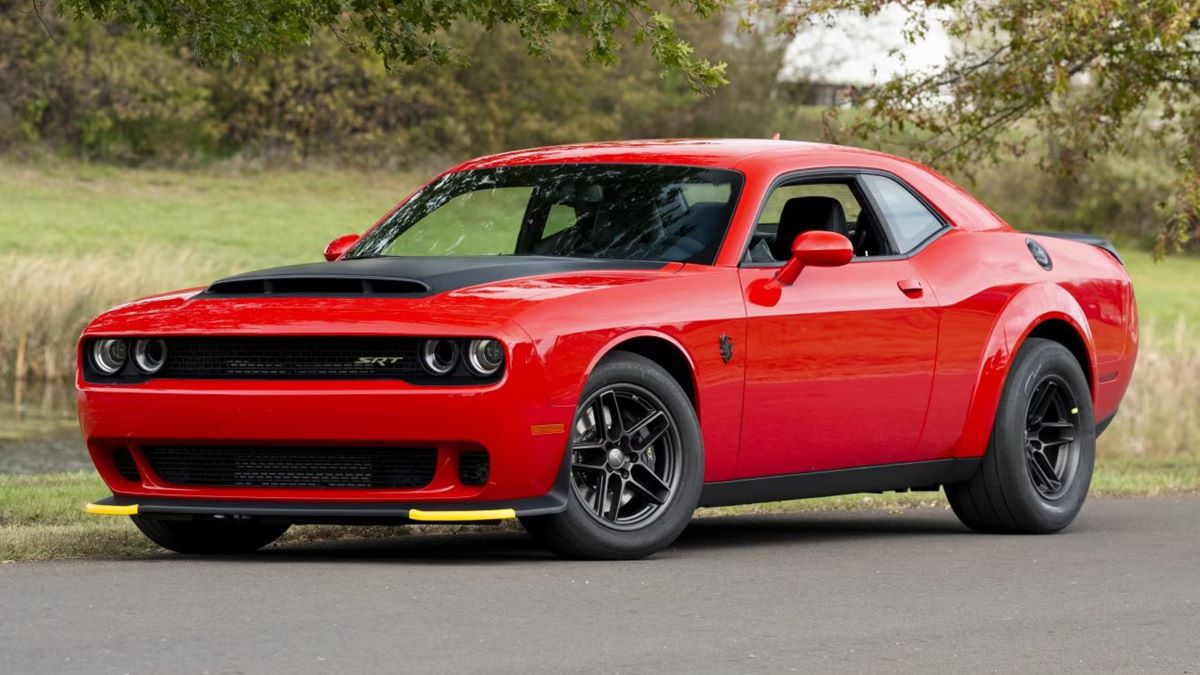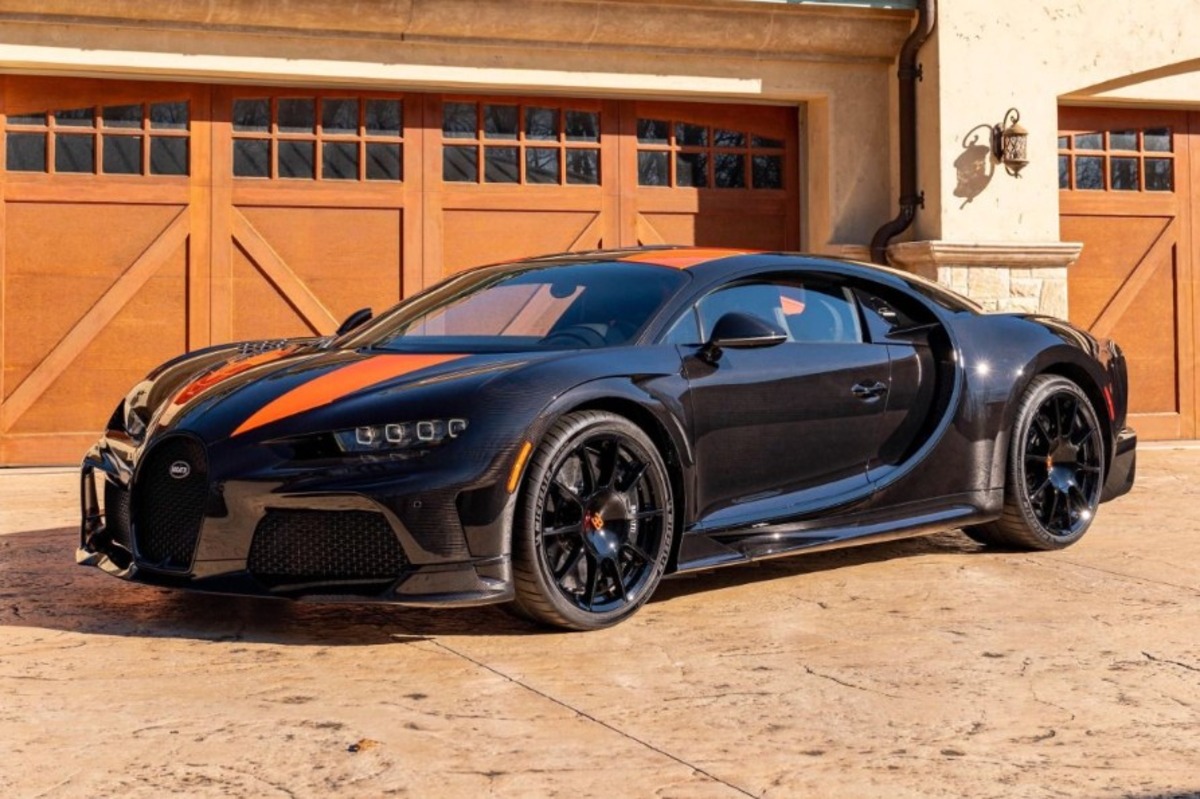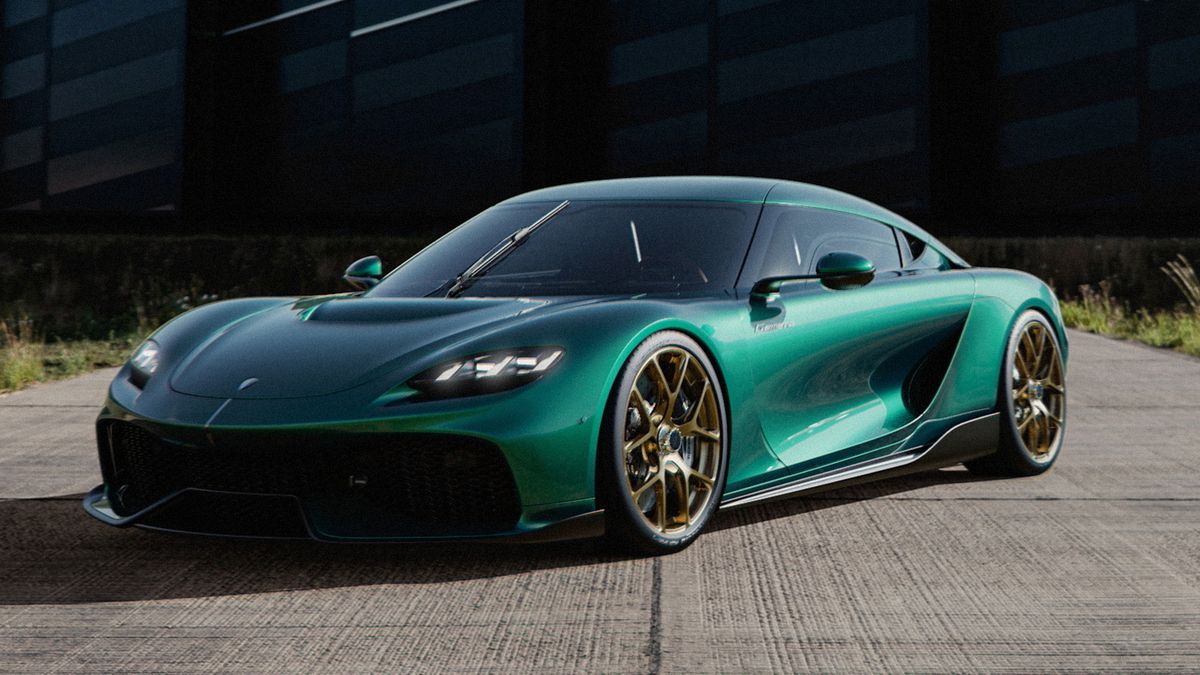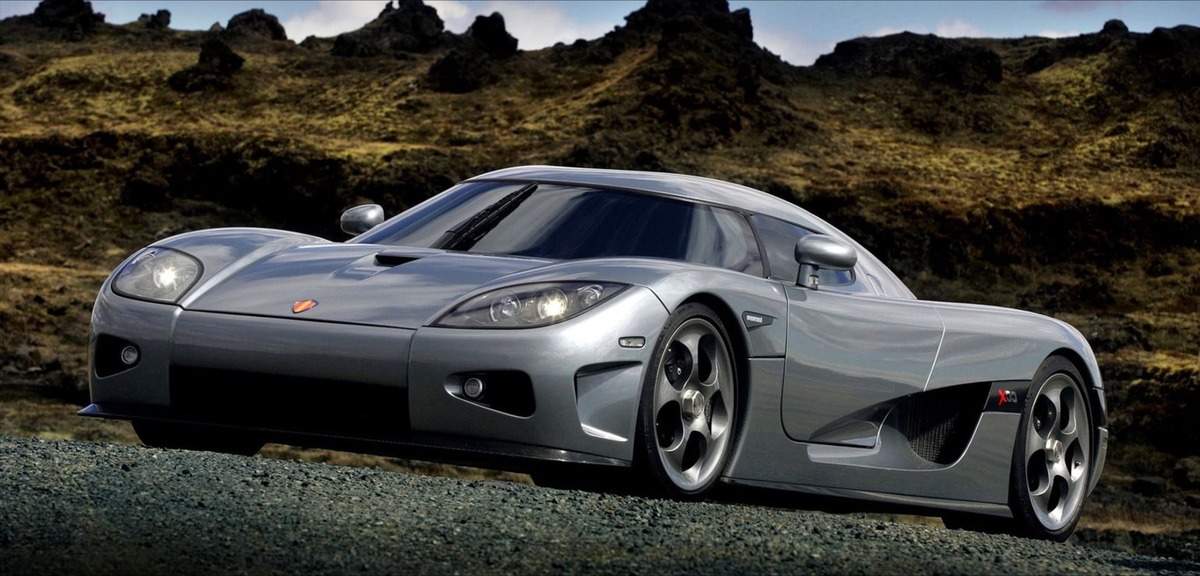In the world of automotive engineering, few things captivate the imagination like the creation of high-performance street cars. The sheer power, precision, and speed that come from the perfect blend of engineering, design, and technology are a testament to the innovative spirit of the automotive industry.
Among the most awe-inspiring machines are the fastest street cars in the world—vehicles that break records and redefine the boundaries of what’s possible on four wheels. But how are these engineering marvels born? What goes on behind the factory walls where some of the world’s most powerful and fastest street cars are constructed?
At the heart of these ultra-fast machines lies a dedicated factory—an environment where cutting-edge technology, meticulous craftsmanship, and top-tier engineering come together to create vehicles capable of achieving mind-boggling speeds.
Whether it’s the mind-blowing acceleration of a Bugatti Chiron, the precision engineering of a Koenigsegg Jesko, or the raw, unbridled power of a Dodge Challenger SRT Demon, these factories are where dreams are turned into high-performance reality.
This article takes you inside one of the most exclusive automotive factories in the world, where some of the fastest street cars are meticulously engineered, crafted, and tested before they are sent to the roads.
From the assembly lines to the test tracks, we’ll explore the intricate and fascinating process behind creating the fastest street cars and the unique challenges faced by manufacturers striving to push the limits of speed, handling, and durability. Welcome to a world where precision engineering meets cutting-edge technology—where speed isn’t just a feature; it’s a lifestyle.
Also Read: 10 Vehicles With Best Long-Term Fuel Economy That Save You Money Year After Year

The Role of Precision Engineering in Creating Speed
One of the most essential components in building the fastest street cars is precision engineering. Unlike typical production vehicles, which prioritize cost-efficiency and mass production, the creation of high-performance cars is all about attention to detail and the relentless pursuit of perfection.
In factories where the fastest cars are made, every component is designed with the goal of performance in mind—whether it’s aerodynamics, engine performance, weight reduction, or tire handling.
Take, for example, the Bugatti Chiron, known for its 1,500 horsepower engine and top speed of over 260 miles per hour. The factory behind its production, Bugatti’s headquarters in Molsheim, France, combines state-of-the-art technology with highly skilled craftsmanship.
The Chiron’s 8.0-liter quad-turbocharged W16 engine requires precision engineering to ensure every part works in perfect harmony, delivering the power and speed needed to achieve its remarkable performance numbers. In this facility, workers don’t just assemble parts—they are essentially fine-tuning a mechanical masterpiece, where every millimeter and fraction of a second counts.
To reach these dizzying performance levels, companies often collaborate with advanced technology experts to develop bespoke software systems that optimize engine performance, fuel efficiency, and even handling dynamics. Every part that goes into these cars, from the transmission to the brakes, is engineered to handle extreme conditions.
The material choices are critical too—carbon fiber, titanium, and other advanced composites are commonly used to ensure strength and reduce weight without compromising performance.
But precision engineering isn’t just about raw speed. It also requires an impeccable understanding of physics and dynamics to ensure that the car can handle that speed with safety and stability.
Factories where the fastest street cars are born invest heavily in wind tunnels, computer-aided design (CAD), and simulation software to ensure their vehicles perform optimally across a range of conditions. The result is not only a car capable of blistering acceleration and top speeds but one that also provides exceptional handling, comfort, and safety.

Combining Cutting-Edge Technology and Artisan Craftsmanship
Creating the world’s fastest street cars isn’t a mass production affair. Instead, these high-performance machines are often built in low-volume, bespoke production environments where highly skilled workers apply both cutting-edge technology and artisan craftsmanship.
In the factory, a balance must be struck between modern manufacturing processes and the skillful, meticulous handwork of experienced craftsmen.
At Koenigsegg’s factory in Ängelholm, Sweden, for example, each car undergoes a highly individualized process. The factory itself is a sprawling, state-of-the-art facility, but within its walls, artisans and technicians use the latest tools and machinery to shape and assemble the car’s components.
Koenigsegg is known for its innovation, particularly in materials, and uses carbon fiber extensively to ensure lightweight yet incredibly strong body panels and chassis components. The factory floor buzzes with activity as workers assemble the Jesko, one of Koenigsegg’s most renowned models.
The Jesko boasts 1,280 horsepower on regular gasoline and an astonishing 1,600 horsepower on E85 ethanol fuel, and it’s built to withstand extreme speeds of over 300 miles per hour.
One of the unique aspects of the production process is how much attention goes into every detail. For example, the body of the Jesko is molded from carbon fiber in a complex, high-precision process that requires both technology and artistry.
Carbon fiber parts are carefully laid out and reinforced by hand before being bonded with advanced adhesives to create a seamless structure. The same level of precision is applied to the car’s powertrain, interior, and suspension system.
Even the software that runs the car is meticulously crafted. Engineers write bespoke codes that control the car’s performance features, from its torque vectoring system to its adaptive aerodynamics.
The engineers use simulators and real-world testing to ensure that the car is not only powerful but also responsive and balanced. It’s this combination of highly technical systems and hands-on craftsmanship that separates these high-performance factories from those mass-producing standard vehicles.

Pushing the Limits of Performance
Once the fastest street cars are assembled, the next crucial step is testing and tuning. This stage is where the car’s true performance potential is realized and honed. Every high-performance car undergoes rigorous testing to ensure that it meets the incredibly high standards expected of it.
These tests aren’t just conducted on smooth roads but also on race tracks, winding roads, and even extreme conditions, such as high altitudes or extreme heat.
One of the most famous testing grounds is the Nürburgring Nordschleife, a 12.9-mile track located in Germany, known as one of the most challenging and demanding road courses in the world. Many manufacturers test their cars on this track to gauge their ability to handle sharp corners, high speeds, and extreme conditions.
The fastest street cars are often pushed to their limits during testing to ensure they can perform in real-world conditions. For example, the Bugatti Chiron was extensively tested at the Molsheim facility and beyond, with the brand utilizing a private track to validate every aspect of its performance before it was unveiled to the public.
But testing goes beyond just speed—safety is also a critical consideration. Engineers put these cars through crash tests, high-speed stability tests, and braking assessments to ensure they’re capable of handling the extreme performance they’re capable of generating.
Additionally, the handling characteristics of these cars are tested with fine-tuned suspension systems, often pushing the car to the edge of its performance envelope to ensure it remains stable, responsive, and safe at high speeds.
Once the testing is complete, a final round of fine-tuning takes place. This can involve adjustments to the suspension, engine mapping, aerodynamics, and software.
Even the smallest tweaks can make a big difference in how the car handles, accelerates, and behaves on the road. It’s during this phase that engineers often achieve that delicate balance of speed, power, and precision handling that defines the world’s fastest street cars.

Impact on the Automotive Industry
The creation of the world’s fastest street cars doesn’t just result in a high-performance vehicle—it also has a lasting impact on the automotive industry as a whole. The technologies developed in the pursuit of speed often filter down to more mainstream vehicles, improving safety, efficiency, and performance across the board.
For example, the advanced aerodynamics and lightweight materials used in cars like the Bugatti Veyron and Koenigsegg Regera are increasingly being used in production cars, contributing to fuel efficiency and performance for everyday drivers.
Additionally, the pursuit of speed has driven innovation in engine technology, suspension systems, and computer-controlled driving aids. Technologies that were once exclusive to hypercars—such as adaptive suspension systems, advanced torque vectoring, and hybrid powertrains—are now being integrated into more accessible vehicles, improving the driving experience for all types of car enthusiasts.
The factories that produce the world’s fastest street cars don’t just build cars; they push the boundaries of what is possible in automotive engineering. Every technological breakthrough and every record set by these cars marks a new chapter in the evolution of speed and performance.
And as the demand for faster, safer, and more advanced vehicles continues to grow, the factories where these cars are born will remain at the cutting edge, shaping the future of the automotive industry for years to come.

Also Read: 12 Popular Cars Everyone Hates and 10 That Drivers Actually Love
Inside the factories where the world’s fastest street cars are born, precision, innovation, and artistry converge to create machines capable of achieving unprecedented speeds and performance.
These factories aren’t just places where cars are assembled—they are laboratories of engineering excellence, where the limits of possibility are constantly tested and pushed further.
From the careful crafting of lightweight carbon fiber bodies to the sophisticated tuning of high-powered engines, every step in the production process is designed to ensure that these cars not only break speed records but also deliver an exhilarating driving experience.
The legacy of speed created within these factories continues to influence the entire automotive world, with innovations developed for these hypercars trickling down to mainstream vehicles, improving the driving experience for enthusiasts everywhere.
As the race for faster and more efficient vehicles continues, the factories where these technological marvels are born will undoubtedly remain at the forefront of automotive engineering, shaping the future of speed for generations to come.

